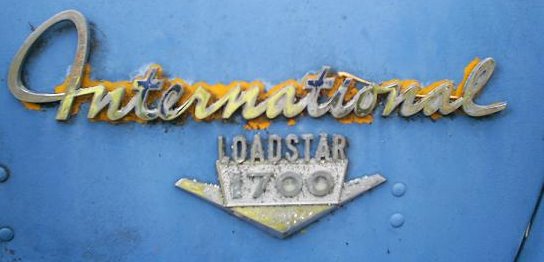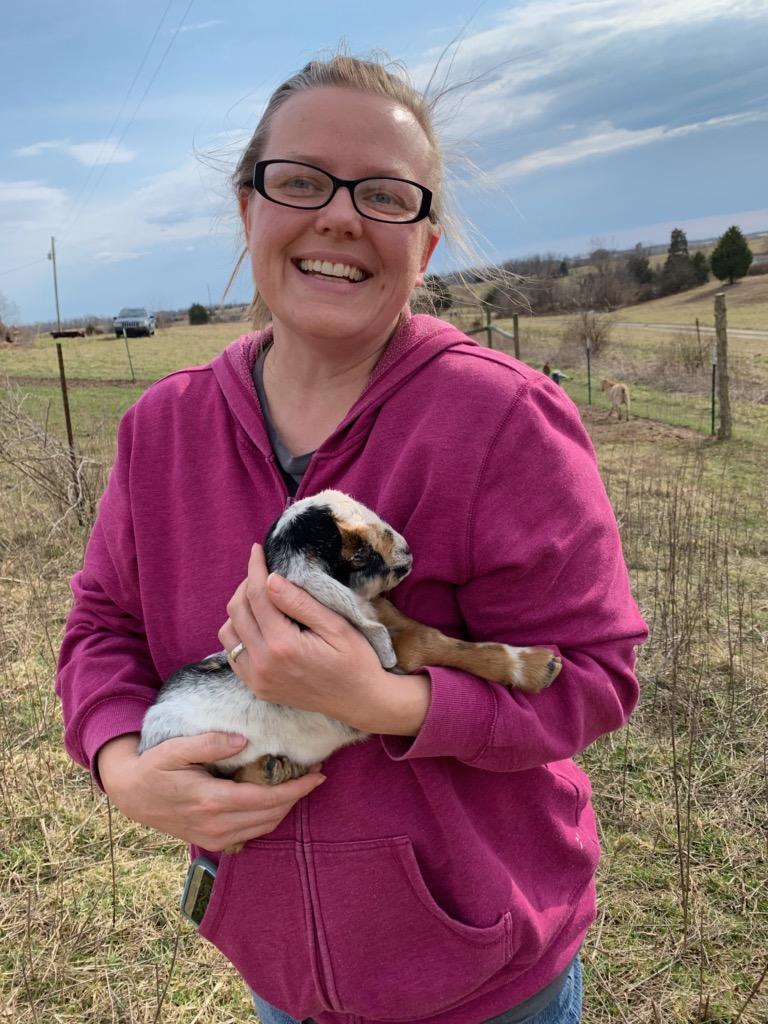The garden is getting away from me. I've been able to hold my own against the weeds and the bugs better than ever this year since I've been home more, but even still, I nearly lost the whole potato crop (just twelve plants), to these voracious leaf devouring bugs. I spent some time kneeling in the dirt picking these cute little orange and black larvae from the nearly defoliated plants, and dropping them into a bowl of soapy water.
They didn't even try to hide or run away! The next day I checked and found a few stragglers, but after that they haven't returned. I looked them up, and these are the larvae of the infamous Colorado potato beetle, called Leptinotarsa decemlineata. Whoever named these guys decemlineata must have had their crop decimated too! The plants started making new leaves right away. Whew, close call!
The little cabbage plants in the greenhouse were being munched on by the green caterpillars of little white butterflies called cabbage white (Pieris rapae). Sigh. Despite the heat, I searched each leaf and squished the poor caterpillars. Then I fashioned some hoops from cut branches, and draped some garden cloth over the hoops and anchored it with bricks. I meant to do this chore much earlier, before the butterflies arrived, but apparently I needed eminent cabbage death to encourage me. After a few days I could tell which plants still had caterpillars because the new leaves in the center of the plant were chewed. I've been patrolling, and I think the cloth is working!
That green tangle of plants in the greenhouse next to the covered row of cabbages is the overgrown spring greens. In the center of that mess is a row of onions.
The lettuce plants were still pretty, but turned bitter once they bolted. I usually just let them go and clean up the beds in the fall or winter once it's not so hot under the plastic dome. Not this year! I chopped, yanked, and pulled until I removed every plant, and then collected the onions.
I spread the small onion bulbs on some mesh chairs so they can dry, and draped some burlap over them to block the direct sun. I like to cut the leaves, peel the outer layer from the onion bulb, and grill them. Bite sized and tasty! Once they all dry I'll cut off the leaves and store some for planting next spring.
Now the greenhouse is so tidy! I prepped the bed in the center by hoeing out all the plant stubble, and mixing in buckets of compost. It made for a nice seed bed, so I planted two rows of rutabagas, and a row of two types of kale. I've always thought that it would be possible for the greenhouse garden to produce lots more food if only I would cycle in new crops and keep things growing in every season.
The greenhouse dome helps protect the cabbage row cover from the wind and heavy rain, which is good so it doesn't disintegrate, but it gets so hot in there that I'm struggling to keep the newly planted seeds moist even with twice daily watering. I'm afraid I will forget one time and the little seedlings will be toast.
After taking this photo I got motivated to pull weeds from the squash plants and their purple onion neighbors. The squash vines look amazing! I'm hopeful the the vine borer bugs won't show up until after I get some zucchini and spaghetti squash.






























































